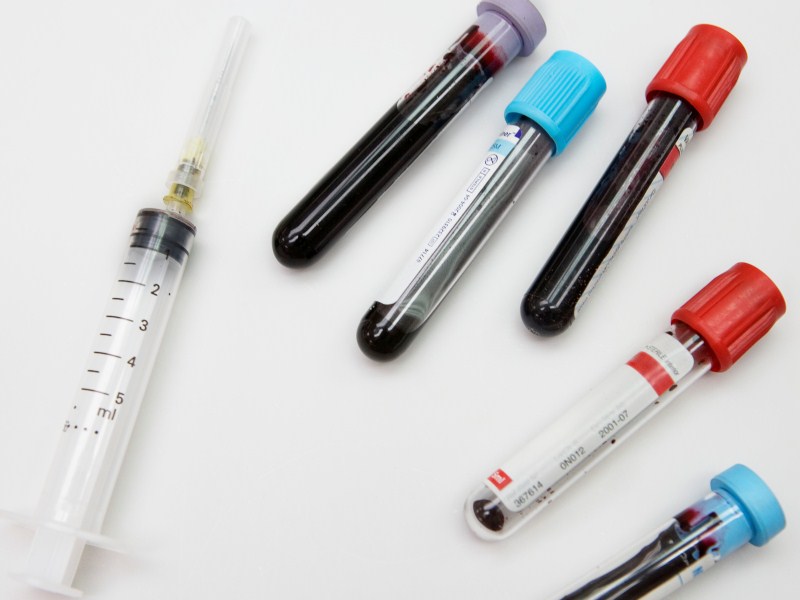Ultimate Guide to Phlebotomy Practise Questions & Answers for Exam Success
Introduction
If you’re preparing for a phlebotomy certification exam, you’re probably looking for effective ways to study and boost your confidence. Mastering practice questions and understanding their answers is one of the most proven strategies to ensure exam success. This comprehensive guide is designed to equip aspiring phlebotomists with essential practice questions, detailed answers, practical tips, and insights from real-world cases. Whether you’re a beginner or looking to refresh your knowledge, this article offers everything you need to excel in your exam and kickstart your career in healthcare phlebotomy.
Why Are Practice Questions Essential for Phlebotomy Certification Exams?
Practice questions serve as a vital tool in your exam preparation. They help you identify knowledge gaps, familiarize you with question formats, and improve your critical thinking skills. Here are some key benefits:
- Enhance retention: Repetition of questions reinforces your memory.
- Improve confidence: Familiarity with question types reduces exam anxiety.
- Time management: Practicing under timed conditions helps you answer questions efficiently.
- Evaluation: Track your progress and adjust your study plan accordingly.
Common Topics Covered in Phlebotomy Practice Questions
Phlebotomy certification exams assess knowledge across various key areas.Understanding these topics will guide your practice sessions. Common topics include:
- Venipuncture techniques and procedures
- Proper specimen handling and labeling
- Anatomy relevant to blood collection (veins, arteries)
- Patient identification and communication skills
- Safety protocols and infection control
- equipment usage and maintenance
- Legal and ethical considerations
Sample Phlebotomy Practice Questions & Answers
Below are some example questions with detailed answers to help you understand the types of questions you may encounter.
Question 1: What is the most common site for venipuncture?
| Option | Answer |
|---|---|
| A | Palmar side of the wrist |
| B | Median cubital vein |
| C | Cephalic vein |
| D | Basilic vein |
Answer: B. Median cubital vein is the most common site for venipuncture because it is large, close to the surface, and less painful for the patient.
Question 2: Which of the following is a critical safety practice in phlebotomy?
- A. Recapping needles after use
- B. Wearing gloves during blood collection
- C. Reusing collection tubes
- D.Disposing of sharps into regular trash
Answer: B. Wearing gloves during blood collection is vital for infection control and patient safety. Recapping needles (A) is discouraged unless necesary, and disposable sharps shoudl always go into a sharps container.
Question 3: What is the correct order of draw for blood collection tubes?
| Order of Draw | Tube Type |
|---|---|
| First |
|
| Second | light blue top (coagulation studies) |
| Third | serum separator tubes (red or gold) |
| Last | EDTA tubes (lavender) |
Answer: The correct order of draw minimizes cross-contamination and preserves sample integrity, starting with blood culture tubes and ending with EDTA tubes.
Practical Tips for Effective Phlebotomy Exam Preparation
- Consistent Practice: Set aside dedicated time daily for practice questions.
- Understand, Don’t Memorize: Focus on understanding concepts rather than rote memorization.
- Utilize Flashcards: Create flashcards for facts, procedures, and safety protocols.
- Simulate Exam Conditions: Practice under timed conditions to build exam stamina.
- Review Mistakes: Analyze incorrect answers and understand your weaknesses.
- Join Study groups: Collaborate with peers for shared learning and motivation.
Benefits of Studying with Practice Questions
Engaging with practice questions offers numerous benefits, including increased exam confidence, better time management, and a deeper understanding of key concepts.They also prepare you to handle exam stress effectively and improve your overall test-taking strategies.
Real-World Case Study: Overcoming Common Challenges in Phlebotomy
Consider Sarah,a student who struggled with challenging veins. Through dedicated practice questions focusing on anatomy and vein location, she learned to identify suitable veins quickly. she also practiced patient communication to ease anxiety, resulting in triumphant blood draws and greater confidence.
This case highlights how targeted practice can definitely help overcome specific challenges in phlebotomy and improve prep efficiency for certification exams.
My Personal Experience with Practice Questions
During my own certification journey, I found that daily practice questions, coupled with detailed reviews, built my competence and confidence. Seeing my progress through simulated exams motivated me, and I landed my first job ready to perform safe and efficient blood draws.
Conclusion
Preparing for a phlebotomy exam can seem daunting, but with the right approach-focused practice questions, proper study strategies, and understanding core concepts-you can achieve exam success. Remember, consistent practice, reviewing answers, and learning from real-world scenarios make all the difference. Use this ultimate guide as your roadmap to mastering phlebotomy practice questions and confidently passing your certification exam. Good luck, future phlebotomist!
